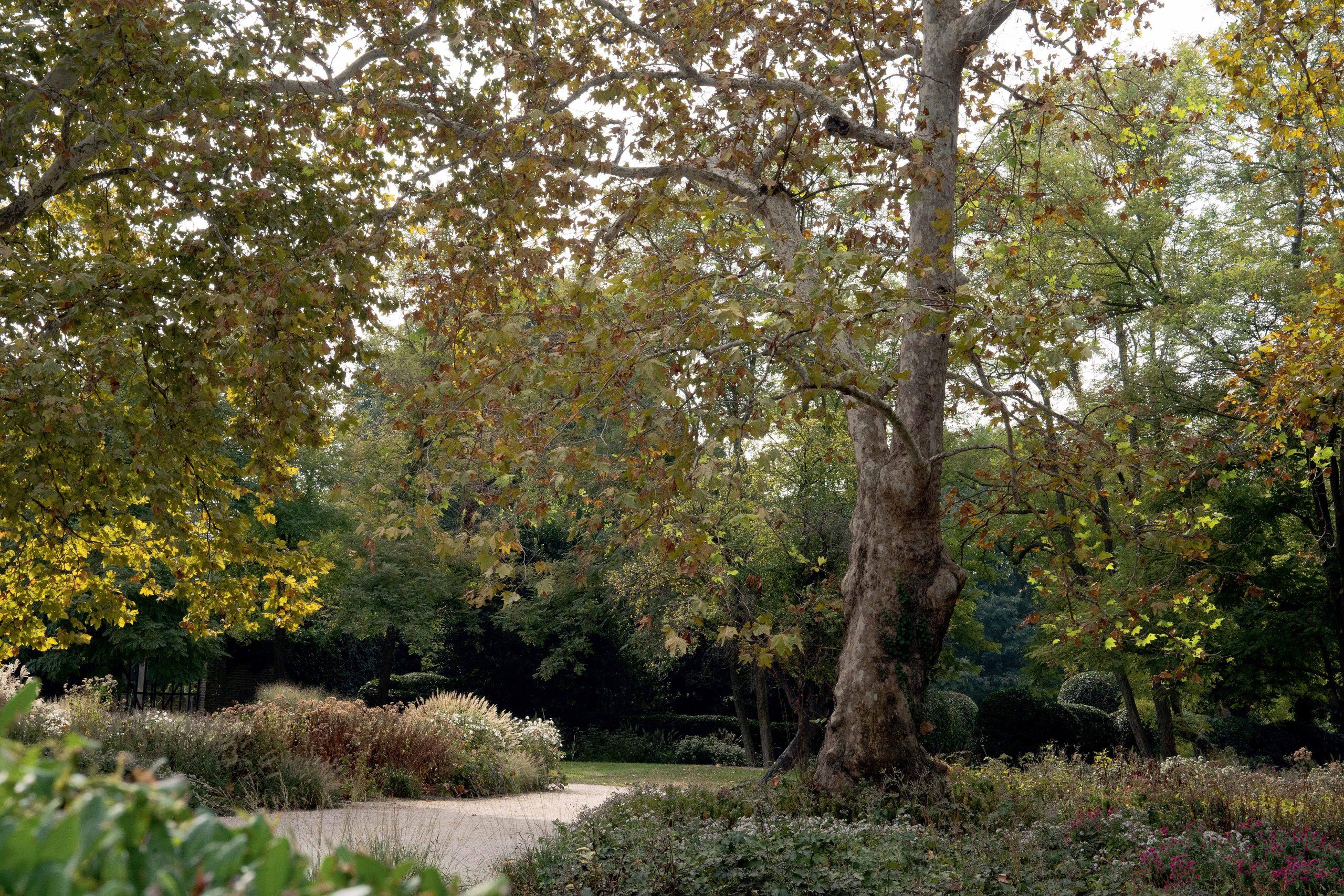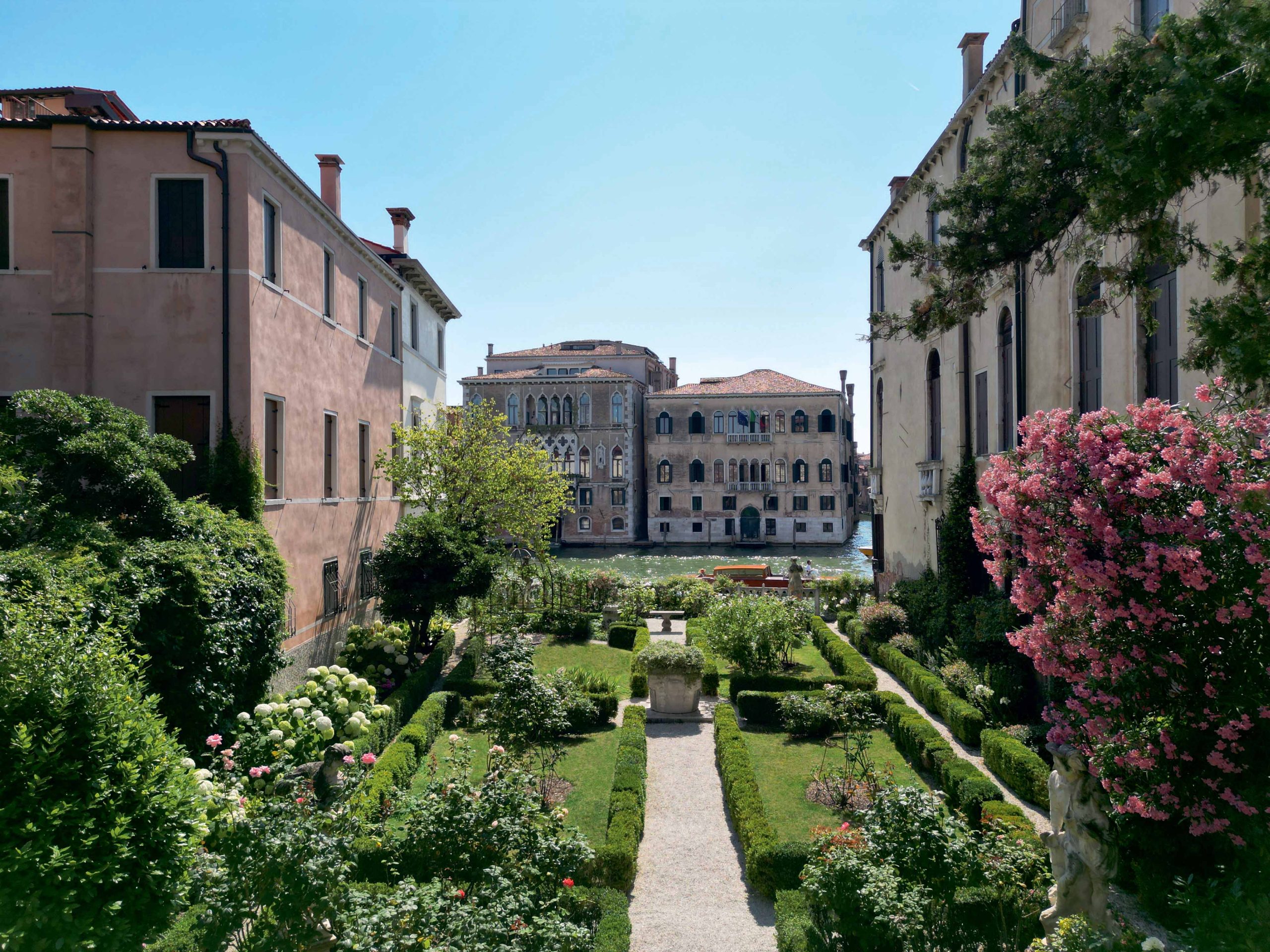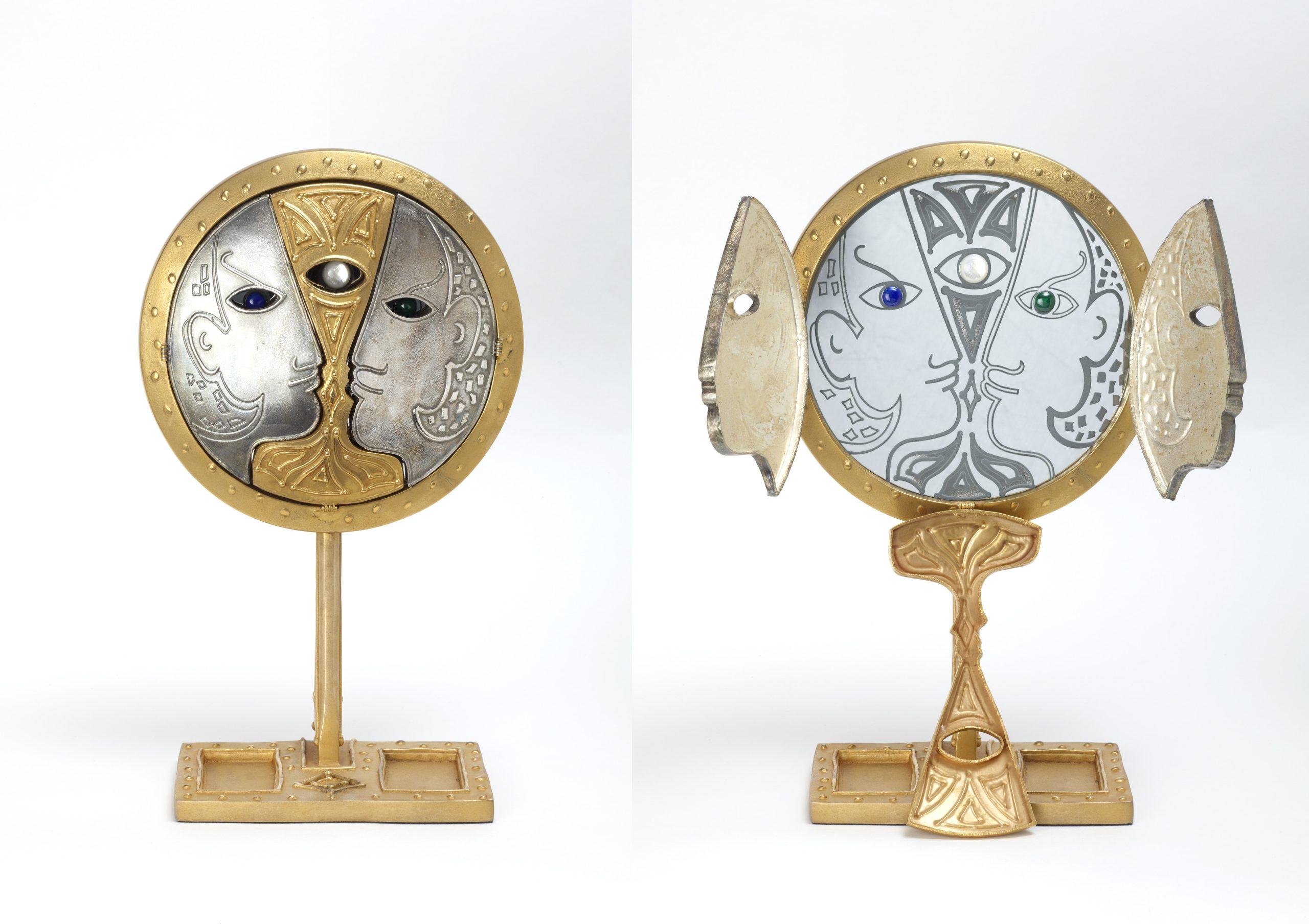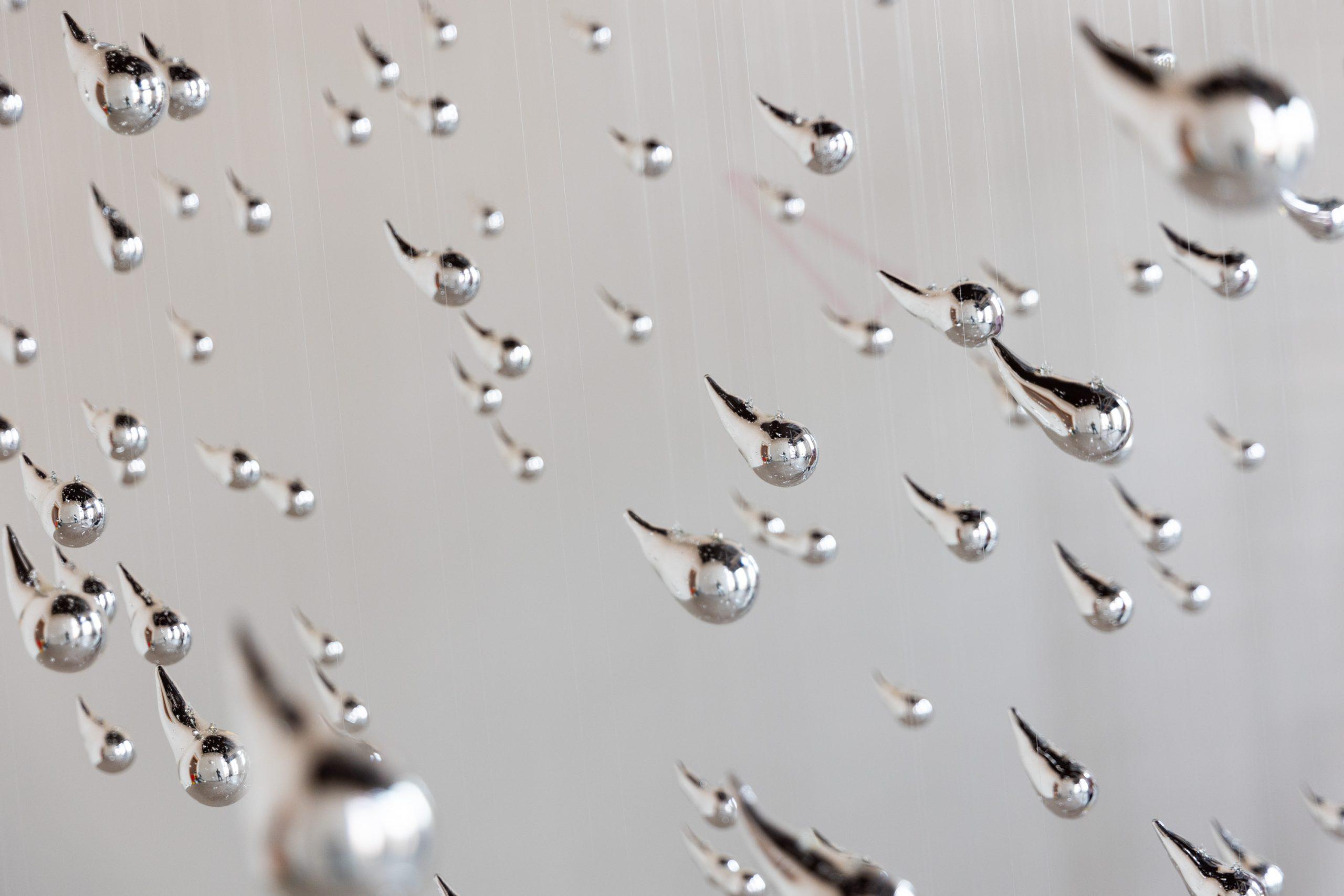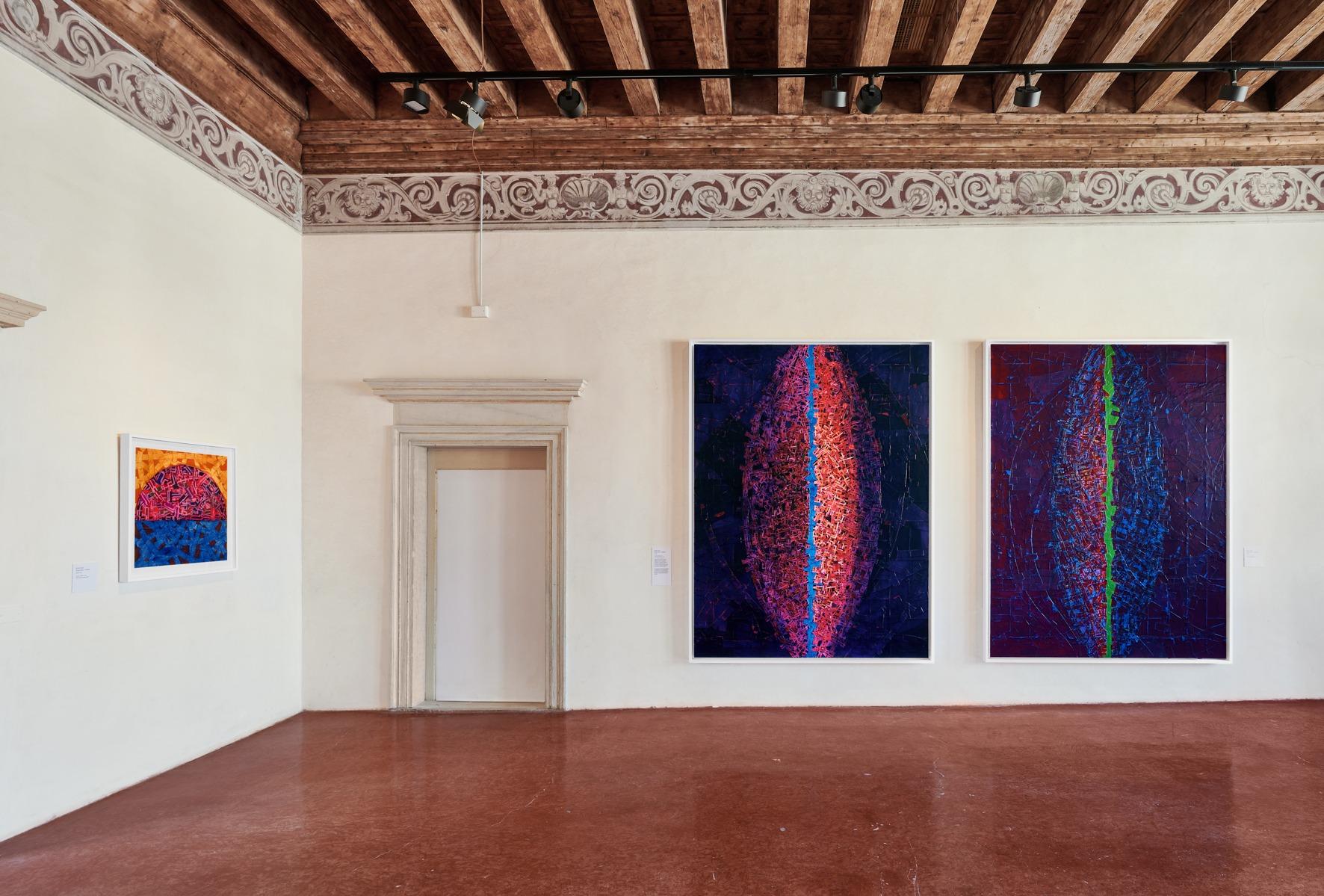Toto Bergamo Rossi and Marco Bay are the authors of the book published by Marsilio Arte and inspired by the Venetian gardens. Combining historical events and little-known anecdotes, Toto Bergamo Rossi guides us through a book that narrates the city from an unusual point of view
There are many, and often hidden, gardens dotted around the city of Venice. Toto Bergamo Rossi, director of Venetian Heritage, describes them sestiere by sestiere, in his book I giardini di Venezia (The Gardens of Venice), written together with landscape architect Marco Bay and enhanced by photographs by Marco Valmarana. Toto Bergamo Rossi himself recounts the details in this interview.
Gardens in Venice are anything but secondary living organisms. How would you describe their role in the city’s history?
The places set aside for large gardens were Giudecca and Murano. Murano was laid low by nineteenth-century decadence, while something more has survived in Giudecca. Unfortunately, there are hardly any historic gardens left.
In Venice, the gardens are embedded in a densely packed medieval city, where space was scarce and a garden was a kind of extravagance, accessible only to those of great means. The gardens still visible today, overlooking the Grand Canal, are all Romantic, late-nineteenth century inventions. For example, the garden shown on the cover of the book – the one in Palazzo Malipiero Barnabò – is beautiful, but the balustrade in the water is from 1891; there was a hangar instead of a garden, and the latter was created in 1951. From the French and Austrian occupation until the Second World War, the priority was certainly not to design gardens. It took Carlo Scarpa to bring order to the garden tradition. The gardens brought together in this volume are places worth discovering, but often enclosed within domestic walls.
The book guides the reader on a voyage of discovery of the gardens dotting the city, sestiere by sestiere. What features and peculiarities have you decided to highlight?
We have included a bit of everything, from private palace gardens to those used for public functions, such as Palazzo Soranzo Cappello, the headquarters of the Soprintendenza Archeologia, belle arti e paesaggio for the metropolitan area of Venice and the provinces of Belluno, Padua and Treviso. More than anything else, it is a selection of atmospheres, of taste, with the intention of showing above all the places that are most difficult to see and making them accessible in some way.
The texts are accompanied by Marco Valmarana’s photographs. What kind of narrative emerges from this volume? To whom is it addressed?
I work for a foundation – Venetian Heritage [Ed.] – which promotes the heritage of Veneto art to a wide audience. This volume is a coffee table book with texts and entries that delve into the history of the individual garden, the palace and its inhabitants. An example of this is Ca’ Tron, now the seat of the urban planning department of the IUAV University of Venice. In the past, at the end of its incredible garden, there used to be a ballroom, an authentic party pavilion, which was dismantled in the mid- nineteenth century. Moreover, the story of Ca’ Tron is linked to that of Andrea Tron, nicknamed “el Paron” – the “boss” – for his enormous political power in the Venice of the second half of the eighteenth century and of Caterina Dolfin, a great lady of letters who became his wife at the height of a much-talked-about affair, and of his sister-in-law Cecilia Zen Tron, to whom Caterina left the palace.
In recent years, interest in gardens has been rekindled. How do you see the future from this point of view?
From the late 1980s onwards, there has been a sort of garden renaissance and a new interest in a forgotten subject has spread; just think of the book published by Albrizzi Editore in 1989, Il giardino veneziano. La storia, l’architettura, la botanica by Mariapia Cunico. The book described the gardens of the palaces, undertaking a project that had never been done on an academic level. Or the recovery of the garden of Palazzo Malipiero by Anna Barnabò, the garden of the Giardino delle Vergini by the Venice Biennale and the Giardini Reali by the Venice Gardens Foundation. Interest is growing, even if a little late compared to other regions.
Interview by Arianna Testino


BIO
Toto Bergamo Rossi, a former restorer specialised in the conservation of stone materials, has been director of Venetian Heritage since 2010. This international non-profit organisation with offices in New York and Venice supports cultural initiatives through restorations, exhibitions, publications, conferences, studies and research. He is the creator of numerous exhibitions and volumes dedicated to Venetian art, with Marsilio he has published L’arte di vivere a Venezia (2018), I monumenti dei Dogi. Sei secoli di scultura a Venezia (2020) and I giardini di Venezia (with Marco Bay, 2024).
Cover photo: Palazzo Malipiero Barnabò, San Marco. Photo Marco Valmarana
Related Articles





